Verdict
The Pixel Watch 2 offers improved battery life and heart rate monitoring, ensuring that it bests its predecessor and can now be worn for a full day. It’s by no means perfect, but it is a solid alternative to Samsung’s latest watches.
Pros
- Battery life is now workable
- Outstanding HR accuracy
- Design is still great for 24/7 wear
Cons
- Battery life still not great or predictable
- Only available in one case size
- Fitbit Premium required for some stats
-
Fitbit-powered health and fitness tracking:Though some metrics are exclusive to Fitbit Premium users -
100% recycled aluminum case:Now lighter than the original Pixel Watch -
Qualcomm Snapdragon W5+ processor:A faster upgrade over last year
Introduction
The Pixel Watch 2 arrives on the scene exactly a year after the first edition, which is no mean feat considering Google’s history of terminating projects in their infancy.
Given the battery life issues that plagued the original, the Pixel Watch 2 has a relatively low bar to clear in order to best its predecessor and become a functional and competitive smartwatch. Yet, much of what we were given with the first-gen Pixel Watch remains here, including the original’s 24-hour battery life estimation and much of the design.
Google has made changes to the processor – with the Qualcomm Snapdragon W5+ platform now in charge – and the heart rate sensor to help boost this follow-up, but is it enough to help it compete with Samsung and other Wear OS vendors? I’ve been putting it to the test to find out.
Design and screen
- Same 41mm case size as the original Pixel Watch
- New 100% recycled aluminum build
- Redesigned heart rate monitor
Both from a distance and up close, the Pixel Watch 2 is very similar to its predecessor. The sleek, domed case design Google debuted last year remains here, and you can only really begin to spot the differences between the two generations when they’re side by side.
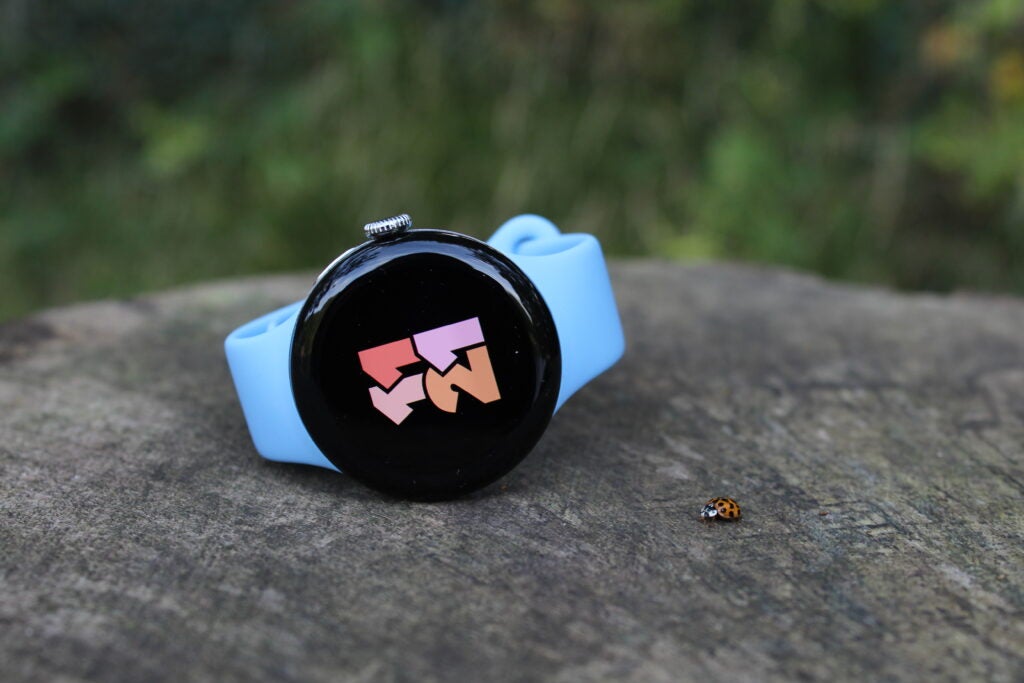
The crown on the Pixel Watch 2 sits much more neatly on the case’s edge, and the newer model is also slightly lighter in the hand. This is on account of Google switching from a stainless steel case to recycled aluminum, which, though some will lament, isn’t something I actually consider a negative.
In fact, given the original Pixel Watch’s tendency to slip very slightly on the wrist during activities like running due to that weight, I think it’s a great change, and this is compounded by the fact it really is unnoticeable when looking at the wrist.
It is a shame Google hasn’t knocked any money off the asking price despite using a less premium material, though.
The most pressing issue with the design, I think, is the return of the 41mm case size.
I really felt like Google would diversify the range for the second generation, so it’s a real disappointment to only have one case size to pick from once again.
It’s still the perfect size for someone with smaller wrists, as illustrated above, but it definitely takes some time to adjust if you’re used to wearing watches from Samsung or Apple, for example, that are a few millimeters bigger.
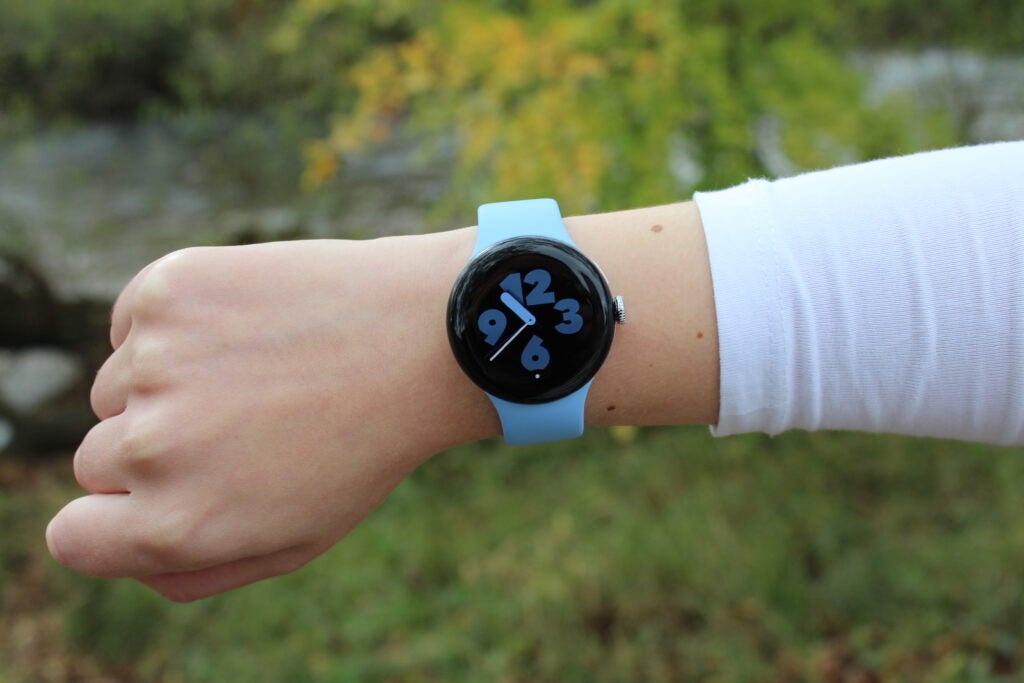
The case size stays the same, then, as does the 1.2-inch AMOLED display, which continues to look great when the always-on setting is enabled, or when you turn up the brightness to that 1,000-nit peak.
I wouldn’t mind if Google pushed the display slightly closer to the edge of that domed screen’s run-off area, but overall the screen certainly isn’t an area you’ll be disappointed with.
Features and software
- Wear OS 4 installed out of the box
- Snapdragon W5+ chip runs very smoothly
- Novel safety features
Following on from the impressive revamp to Wear OS that arrived through Wear OS 3 and the original Pixel Watch, Google is doubling down with some equally impressive additions this time around.
Wear OS 4 retains the core look and feel present in last year’s watch, and the move to Snapdragon W5+ from Samsung’s Exynos 9110 chip ensures that the Pixel Watch 2 is an incredibly zippy watch when navigating through menus.
When you throw in the ever-improving app support, which now roped in the likes of WhatsApp (which not even Apple can boast), and the seamless integration of its own services – Home, Assistant, Maps, Calendar, and more – it begins to stack up with the industry’s very best.
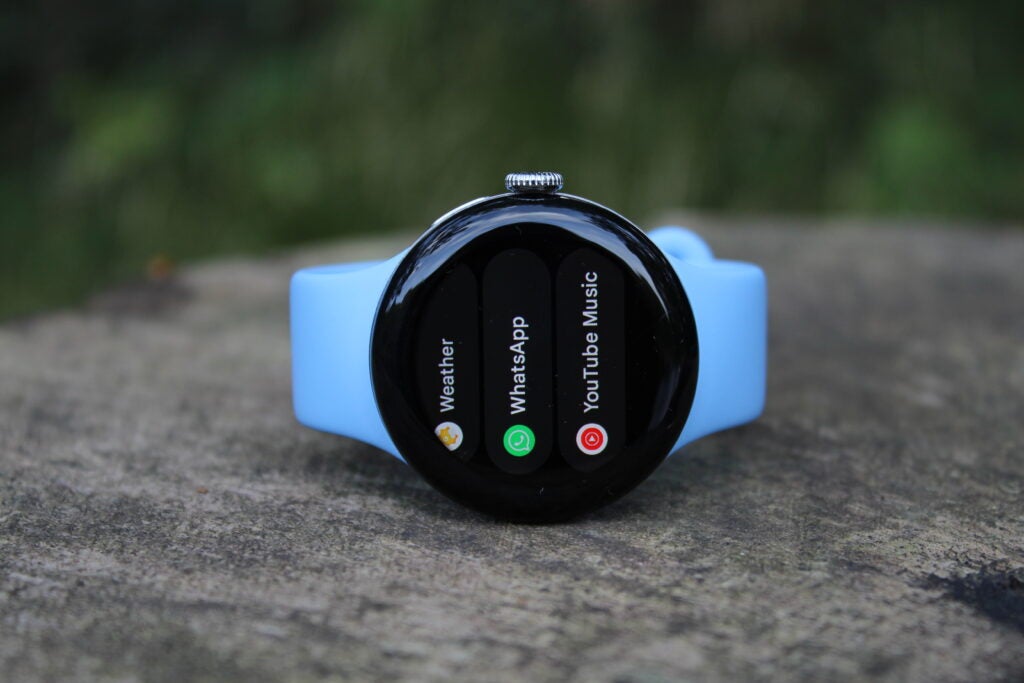
That’s all before considering the Fitbit element, which is on hand to essentially run all the fitness tracking on the Pixel Watch 2. Fitbit Today is still an excellent place to view your daily progress, while the companion app is still arguably the most intuitive companion hub in the world of wearables.
Wear OS is an increasingly (and surprisingly) good alternative to Apple’s watchOS, then, with perhaps only things like watch face support really lacking at this stage. For the Pixel Watch 2 though, Google is also adding a few exclusive tricks – starting with safety features.
The first of these is Safety Check, which is essentially an advanced timer that will notify chosen contacts if it expires before you check in. You’ll need an active cellular plan or an internet connection to your phone in order to use it, but it is a very thoughtfully planned addition.
Not only is a Safety Check timer easy to set up, but you also have the option to select from a small group of activities, and even share your location before the timer is up if you feel the need.
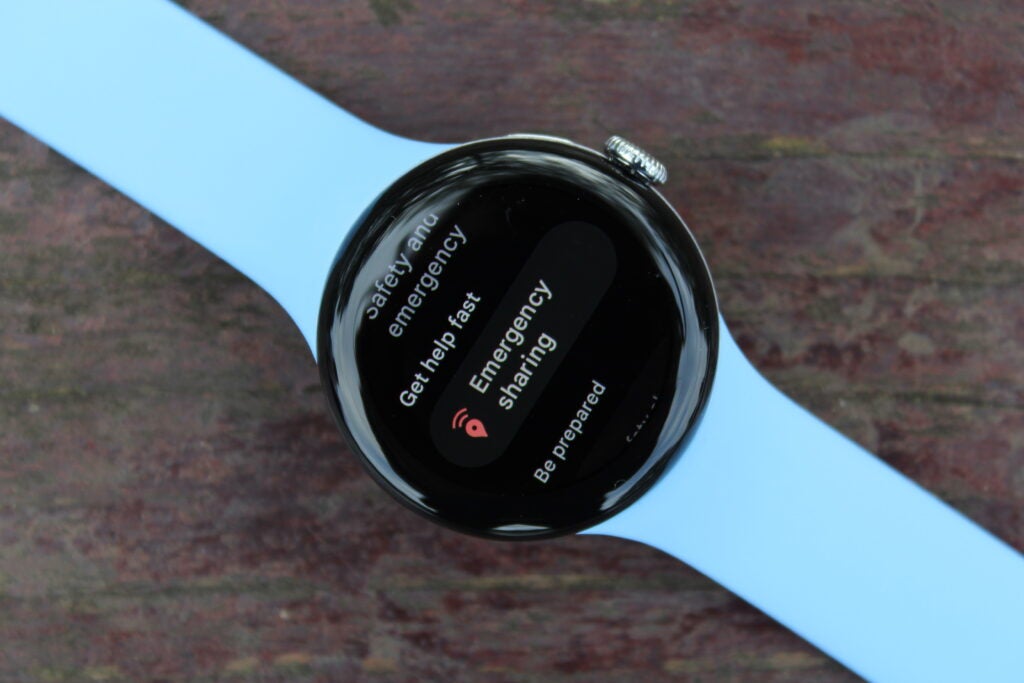
It’s a great alternative to texting friends, family, or partners that you’re home safe, though it could be even better with something like the option of automatic check-in relating to location or geofencing.
The other major addition here is Safety Signal, which allows you to tap into safety features like emergency SOS or location sharing even if you don’t have a cellular plan set up. Of course, for this, you will need at least the capability of LTE though, and (a little disappointingly) a Fitbit Premium subscription, so it’s not as ‘free’ as it appears.
We can’t really fault Google too much here though. Wear OS is in good health, and it’s great that features like Safety Check are also available to owners of the original Pixel Watch who update to the latest software.
Sports tracking
- All-new optical heart rate sensor performs superbly well
- GPS accuracy is just about good enough
- Fitbit still geared towards beginners and intermediates
Google has added minor improvements to the sports and fitness tracking on the Pixel Watch 2 with features like automatic exercise tracking, but the headline change here is with the new multi-path optical heart rate sensor.
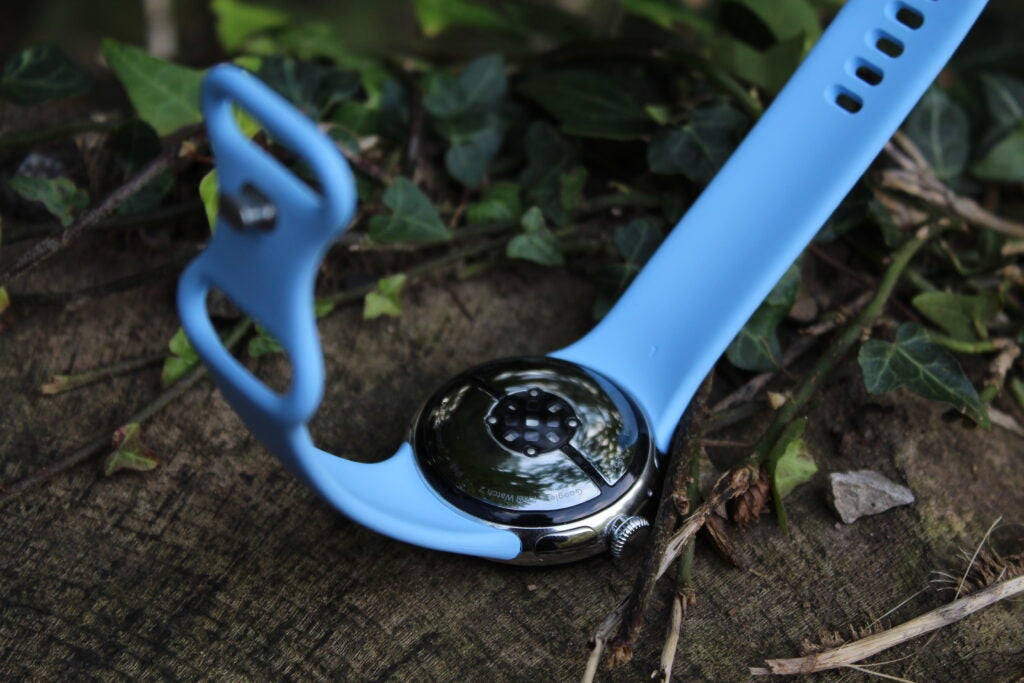
Google AI and machine learning are propping up the new system, with the company indicating that more strenuous workouts should be tracked more accurately with the Pixel Watch 2.
In my experience, that’s absolutely been the case. While the original Pixel Watch often drastically underreported maximum HR figures – and tended to neglect high heart rate figures altogether – its successor is much more in line with top-tier devices.
I tested the new hardware against the Garmin Epix Pro (Gen 2)’s Elevate 5 sensor and the Wahoo Tickr X chest strap, and the results from four test runs were incredibly close.
All three devices reported the same average BPM on two of these runs, and were only separated by 1 BPM on the other two. There was slightly less agreement regarding the maximum HR reading, but this was still always incredibly close and never deviated by more than 3BPM.
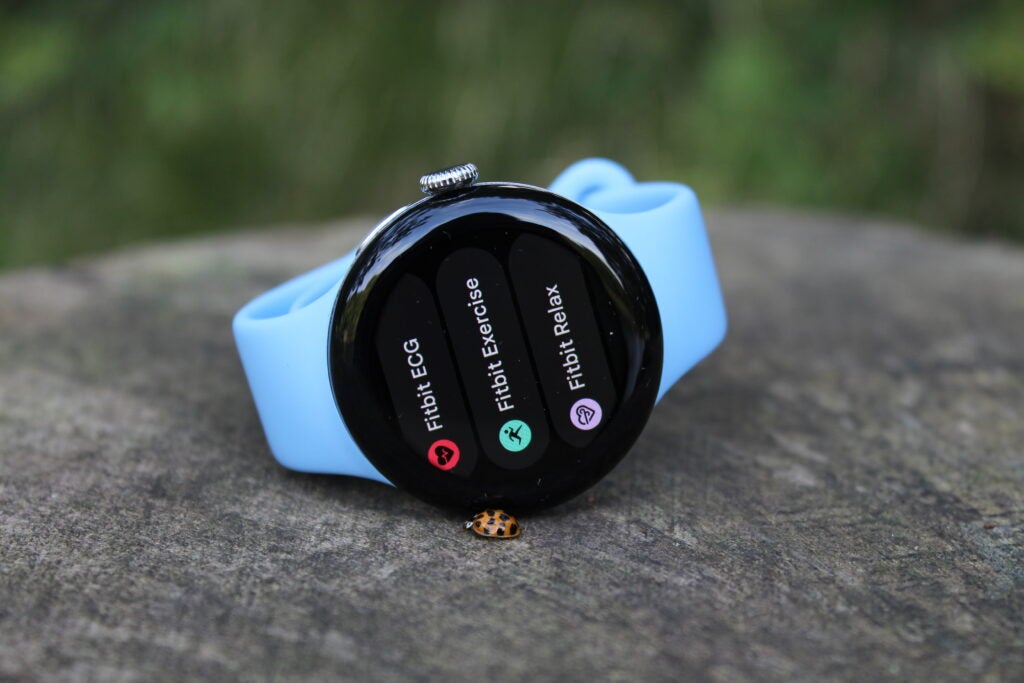
I still believe the Pixel Watch 2 has a very slight tendency to underreport max efforts, but this isn’t necessarily uncommon for wrist-based devices. The latest Garmin sensor, for context, does the opposite, and generally slightly overestimates maximum figures.
This improved and frankly stellar heart rate tracking accuracy is also backed up by solid GPS tracking, which is unchanged from the Pixel Watch.
GPS lock-on is nowhere near as quick as you’ll find on Apple or Garmin watches, but the Pixel Watch 2 does mostly behave once a connection has been established.
Two of my runs saw it finish within 25m of Garmin’s gold standard All Systems + Multi-Band tracking, which is very good going, while a couple erred slightly and added roughly an additional 250m.
I wouldn’t grade it as elite, but it is definitely good enough for most people, and most race distances, plus the theme of slightly over-reporting is at least a consistent one so you can anticipate and work around it.
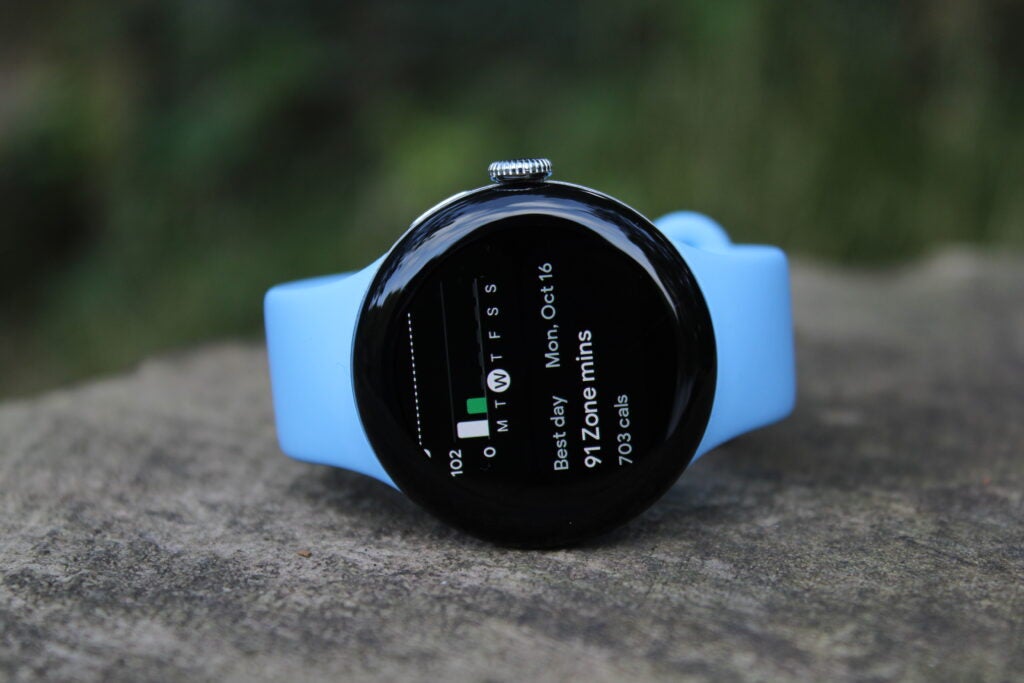
With these two hardware tools propping up the experience, the rest is up to Fitbit to deliver and, for the most part, it does so pretty well.
There’s still a definite lean towards catering to the general user with the likes of steps and calorie burn being a prominent part of the experience, and more advanced metrics like VO2 Max hidden away and operating under the guise of something else – but this isn’t necessarily a negative thing.
Fitbit, after all, has always been about keeping fitness tracking light. With that said however, it is also starting to fall behind in the odd area, with the likes of Apple, Samsung and Xiaomi all adding advanced insights for runners as standard, and much better heart rate zone breakdowns.
When you consider that it’s also the only one of these companies to place certain metrics – like Daily Readiness – behind the paywall of Fitbit Premium, it becomes even less recommendable.
Health tracking
- Stress monitoring and skin temperature sensors added
- Some features locked behind Fitbit Premium paywall
- Health Metrics dashboard is both complete and accurate
Along with revamping the optical heart rate sensor, Google has also borrowed the continuous electrodermal activity (cEDA) sensor seen on Fitbit’s latest trackers, and bolstered its health metrics with the addition of a skin temperature sensor.
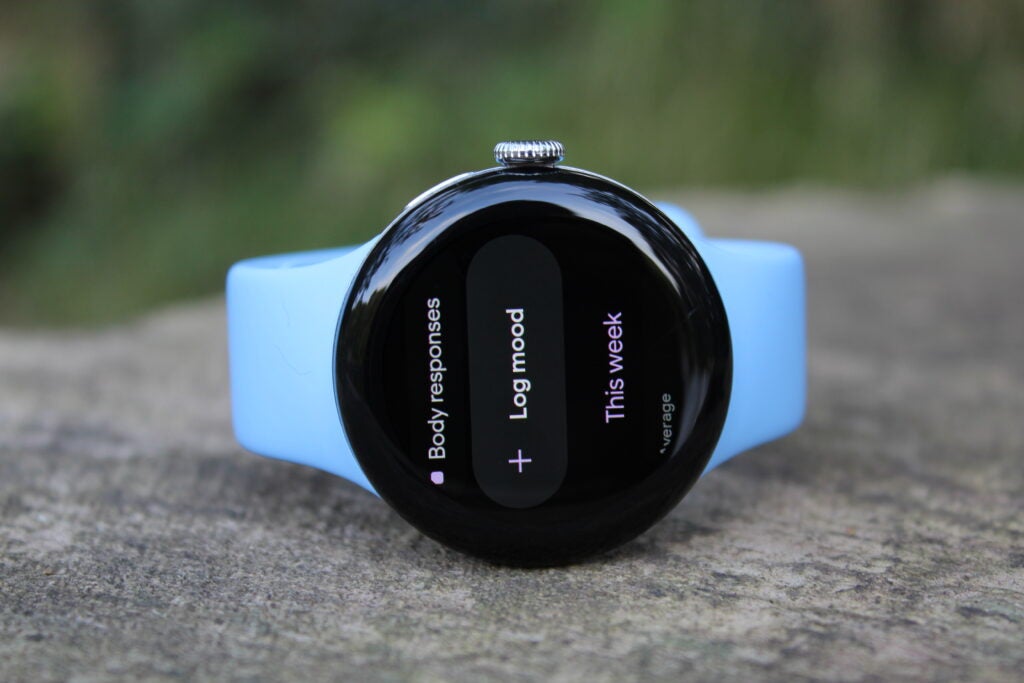
Like the rest of the information in Fitbit’s Health Metrics dashboard, the skin temperature tracker works continuously in the background to help establish your baseline. From here, you’re then able to view a constantly updating field of your core health metrics, which also include heart rate variability (HRV), breathing rate, SpO2 and resting heart rate.
It’s now a very complete and digestible view of your general health, and the accuracy of these baselines generally adds up against what we’re used to from the Oura Ring 3 and Whoop Strap 4.0.
My HRV was slightly down on its usual range, and the resting heart rate (taken from your lowest reading during an inactive awake period, not your lowest reading during sleep) figures are a little higher than what I would expect, but these are also often two insights that become more accurate after a few weeks of wear. Given that each device does always slightly disagree over what it considers to be your baseline, we don’t think these factors stop the health metrics dashboard from being useful.
If that wasn’t enough, the Pixel Watch 2 also features wellness-focused stress tracking, mood logs and check-ins.
The idea here is that the cEDA sensor is able to spot your body’s responses in real-time and help you become more aware of both stress and other emotions. As we’ve found with other Fitbit devices that offer the feature, it’s a bit of a mixed bag.
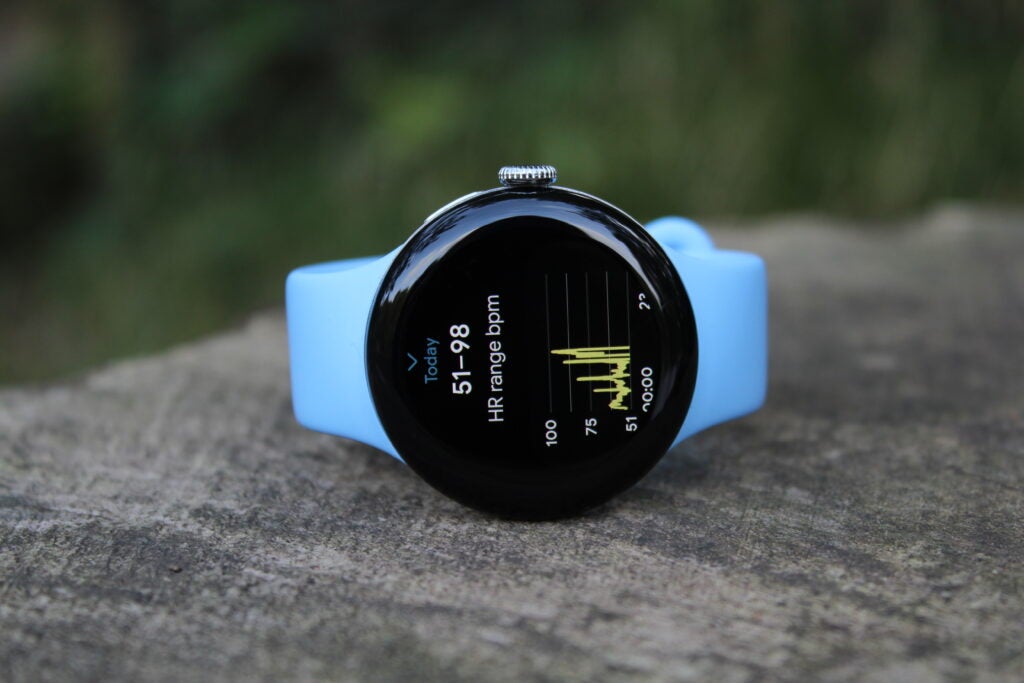
While there are definitely occasions when it’s able to log something from 10 minutes ago – like a stressful call regarding a house sale, driving in a city center or holding a friend’s newborn – there are also other occasions when it just, well, doesn’t.
So while there are days in which you feel like you’ve built up a fairly accurate picture of your body’s responses to its environment, and perhaps dealt with it by going for a walk or performing a mindfulness exercise, it isn’t consistent enough to really cut the mustard.
With that said, the Pixel Watch 2 definitely does more here than any other smartwatch on the market, and that does – along with those other health insights – make it a fairly formidable wellness watch.
Unlike Samsung’s newer Galaxy Watch devices, you also won’t have to own a Samsung phone in order to get access to these health features. You will, though, have to subscribe to Fitbit Premium in order to gain extras like monthly wellness reports and stress management scores.
Sleep tracking
- Accuracy matches up very well with Oura and Whoop
- Some features reserved for Fitbit Premium subscribers
Sleep tracking has always been Fitbit’s strong suit and just like with the original Pixel Watch, this year’s iteration carries on this good form.
Its ability to register accurate time in bed periods, as well as fall asleep and wake-up times, is remarkably consistent. We place it right alongside the Oura Ring as one of the best sleep trackers on the market, with it sitting just above the devices from the likes of Garmin and Whoop that still suffer from the odd miss when it comes to naps or awake periods.
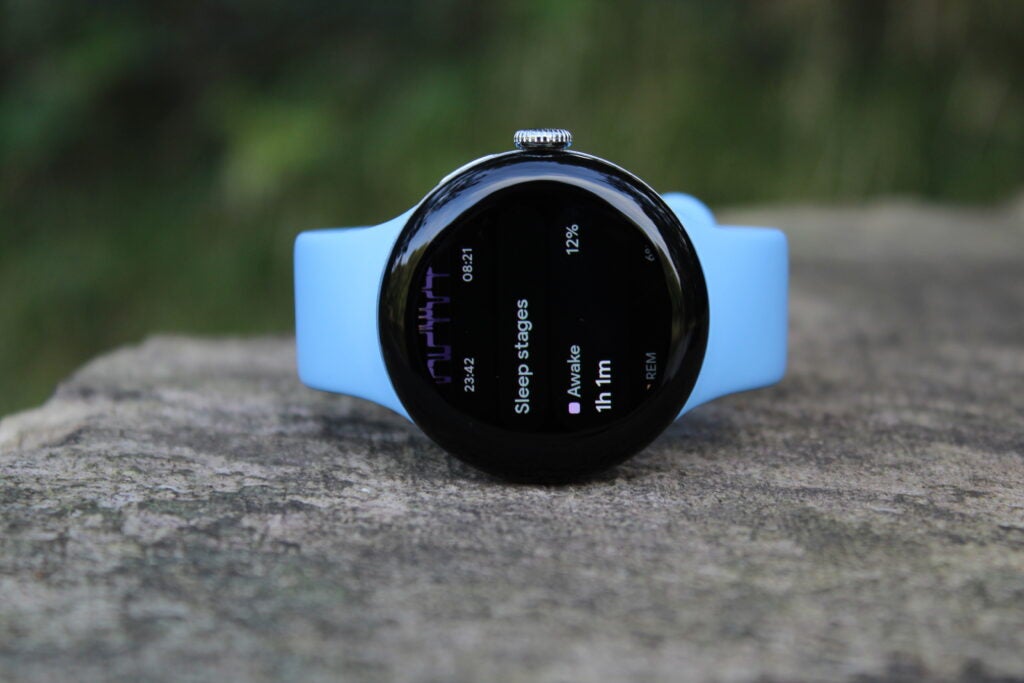
We don’t necessarily put too much weight into sleep stages, given that this is essentially a prediction without pro-grade sleep lab equipment, but the Pixel Watch 2 even seems to perform consistently with Oura in this area.
Your night’s sleep is also presented extremely well in the Fitbit app and on the Pixel Watch 2 itself, with stages and scores easy to engage with. It’s just a shame that a few of the deeper insights – sleeping heart rate, sleep profiles, and restlessness – are all locked behind Fitbit Premium, though you do at least get access to night-time SpO2 data.
Given that devices like Oura and the Whoop Strap are only accessible if you have a subscription, we won’t mark Fitbit down too harshly here, but it’s also true that Google is the only major smartwatch manufacturer to require extra cash from users.
Battery life
- Google’s 24-hour battery life claim is accurate
- Battery drain is still a little hard to predict
- Charging times are improved but daily charging is still required
The battery life of the original Pixel Watch was borderline shambolic, with the device often struggling to make it close to 24 hours even with moderate use. As such, it was absolutely the priority for Google to address in this second generation and it has fixed it – even if that’s not the whole story.
In the testing phase, I ran the always-on display throughout, performed around 1-2 hours of outdoor activity every day and also turned Bedtime Mode on each night.
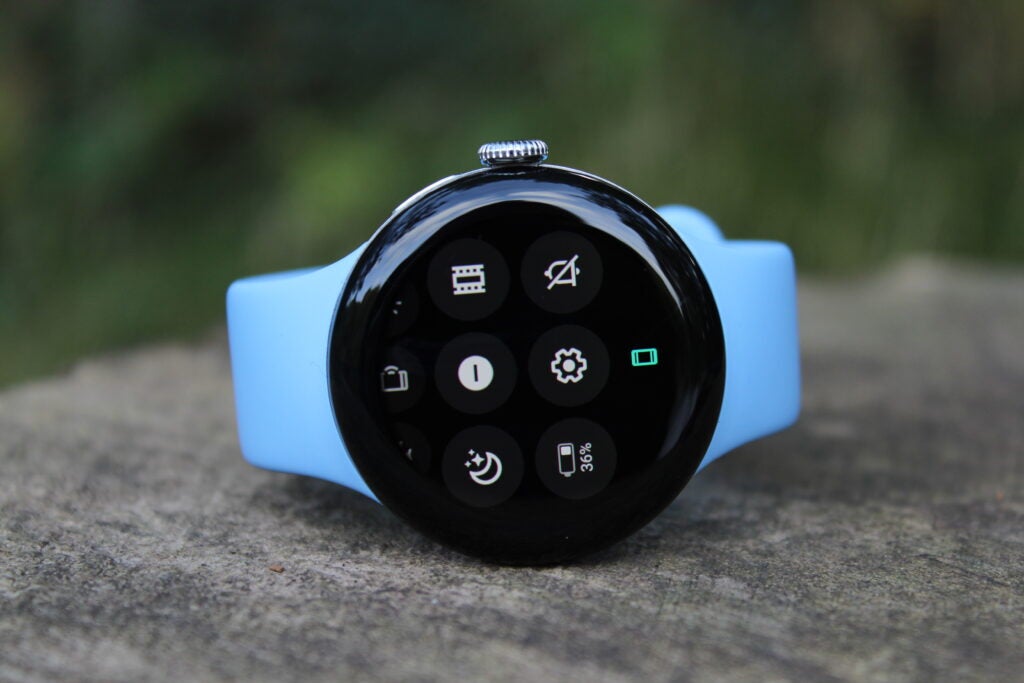
In between all that, notifications were steadily incoming (though not from WhatsApp, I’m no masochist) and dealt with, background tracking was enabled for our health metrics, and other apps and data screens were tinkered with throughout the day.
In each of the last 7-10 days, the Pixel Watch 2 made it through a 24-hour charging cycle intact. On some days it was very close to running out, and on others it would be able to go to around 30 hours – and there was no real rhyme or reason to why – but this just about works for those who can deal with charging once per day.
Of course, it’s still fairly jarring to go from a Garmin, Whoop or Oura to using something like the Pixel Watch 2, because it ensures you completely change your relationship with the device. Instead of being something you can forget about charging for a few days or even weeks, it’s very much a device that needs constant attention in how you’re using it.
Google’s device does at least live up to its claims now though, and while it massively lags behind Mobvoi’s TicWatch Pro 5, the battery performance is very much in line with Samsung’s latest Galaxy Watch 6 devices.
Charging times are much improved here, as well. The Pixel Watch 2 is able to boost from around 15-20% to a full charge in 45-50 minutes, and going from flat to full takes just over an hour. This means it’s not too difficult to get enough juice in before your next task – be it sleeping or exercising – but, again, you do pretty much always have to consider it.
Should you buy it?
If you want one of the best-looking smartwatches
Wear OS continues to improve, Fitbit’s tracking experience is generally excellent and it all comes in a neat package.
If you need a long-lasting or big smartwatch
With only one case size and limited battery life, this is by no means the undisputed Wear OS watch to beat.
Final Thoughts
The Google Pixel Watch 2 is an improvement over last year’s original in pretty much every way, with the battery life now making it through a full day and new elements like heart rate tracking performing very strongly. Google has brought the Pixel Watch up to par with its Wear OS rivals like the Galaxy Watch 6 and the TicWatch Pro 5, but this still isn’t the perfect experience.
FAQs
The Pixel Watch 2 works with all compatible Android devices.
Just like other recent Wear OS watches, the Pixel Watch 2 cannot be paired with an iPhone.















